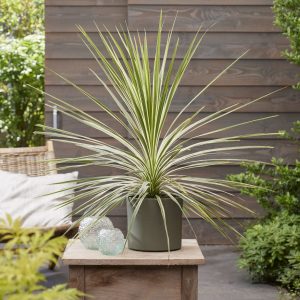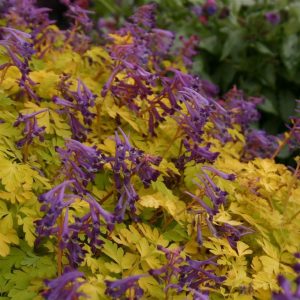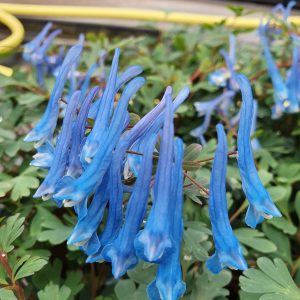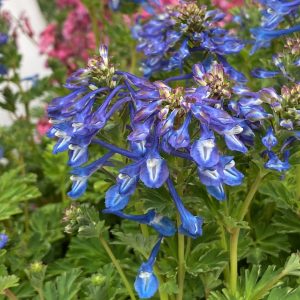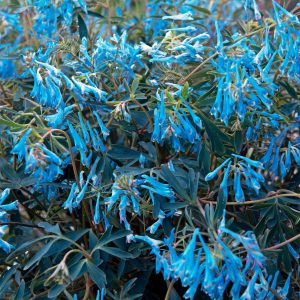Corydalis, known for its delicate and uniquely shaped flowers, can add charm to your garden. Follow this comprehensive planting guide to ensure the successful establishment of your Corydalis plants:
Site Selection
Light Requirements: Choose a location with partial to full shade. Corydalis thrives in woodland garden settings with dappled sunlight.
Soil Conditions: Plant in well-draining, humus-rich soil. Corydalis prefers slightly acidic to neutral soil.
Planting Time
Ideal Timing: Plant Corydalis in early spring or Autumn. These seasons provide optimal conditions for root establishment.
Planting Process
Prepare the Soil: Work the soil to a depth of 6-8 inches, incorporating organic matter like compost for improved fertility.
Spacing: Space plants about 12-18 inches apart to allow for proper growth and air circulation.
Plant Depth: Set the plants at the same depth they were in the nursery containers. Water thoroughly after planting.
Watering
Consistent Moisture: Corydalis prefers consistently moist soil. Water regularly, especially during dry spells, to keep the soil evenly moist.
Mulching
Organic Mulch: Apply a 2-3 inch layer of organic mulch around the plants. Mulch helps retain soil moisture and suppress weeds.
Fertilisation
Light Feeding: Corydalis generally doesn’t require heavy feeding. A balanced, slow-release fertiliser in spring is sufficient.
Support
Generally Unnecessary: Corydalis is a relatively low-growing plant and typically doesn’t require staking.
Pruning
Deadheading: Remove spent flowers regularly to encourage continuous blooming and prevent self-seeding.
Winter Care
Mulching: Mulch lightly around the plants in late Autumn to protect them during winter. This is particularly important in colder climates.
Division
Periodic Division: Every 2-3 years, consider dividing mature Corydalis clumps to rejuvenate the plants. This is best done in early spring.
Adaptation
Monitor and Adjust: Regularly monitor the overall health of your Corydalis. Adjust care practices based on specific growing conditions and be prepared to address any adverse effects.
Pests and Diseases
Slugs and Snails: Keep an eye out for slugs and snails, as they can be attracted to Corydalis. Use organic slug control methods if needed.
Enjoy the Blooms
Appreciate the Flowers: Corydalis produces unique, spurred flowers. Take time to enjoy the beauty they bring to your shaded garden.
By following this guide, you’ll establish a healthy and vibrant Corydalis. Adapt care practices based on your specific growing conditions and revel in the delicate beauty that Corydalis adds to your landscape.



